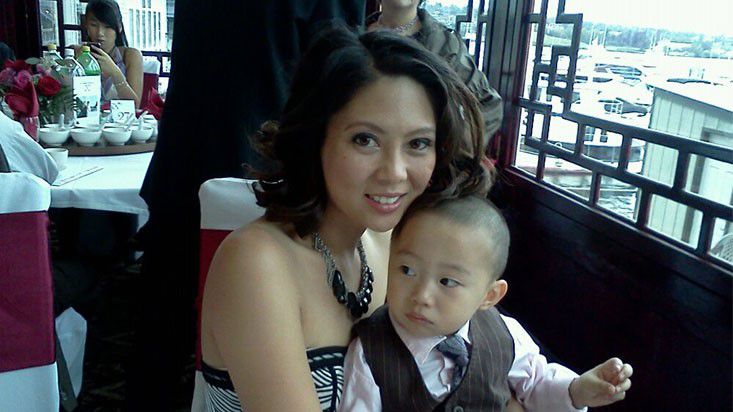Keeping nurses at the bedside with health information technology

Today, healthcare is evolving with the introduction of modernized technology and the availability of information. Healthcare organizations have adopted robust electronic medical record systems to provide a more integrated and coordinated approach to patient care. Promoting patient safety is one of the main reasons for the implementation of these multimillion-dollar systems. The Institute of Medicine, the Leapfrog Initiative, and other government agencies have pushed in this direction for years as a strategy to prevent medical errors and reduce adverse events and potential patient harm. Some of the advantages of electronic heath record systems are that providers and clinicians can use them to communicate effectively and patient information is accessible either at the bedside or remotely. In addition, clinical guidelines are standardized with clinical decision support platforms, and clinicians have the ability to document at the point of care with bedside technology such as workstations on wheels (WoWs) or portable tablets.
As a labor and delivery nurse, I work in a fast-paced environment. Having the luxury of charting at the bedside and immediate access to critical labs or outstanding ultrasound results helps facilitate high-quality, safe patient care without having to leave the bedside during critical times when even 10 seconds matter. With the introduction of workstations on wheels, bar-code medication administration, and computerized provider order entry, nurses can give excellent care while interacting with the patient at the bedside. Because we’re able to fill out patients’ charts at their bedside, we can spend more time with them, which helps us foster nurturing relationships.
Moreover, having a nurse at the bedside reduces the number of patient calls, thus increasing patient satisfaction scores on the Hospital Consumer Assessment of Healthcare Providers and Systems (HCAHPS) surveys. Scores from these surveys directly affect healthcare organizations and reimbursement. The implementation of tablets and WOWs has contributed immensely to workflow changes that enable nurses to be close to patients, with more accurate documentation within reach so they can deliver continuous care and positive clinical outcomes.
As we advance in improving healthcare, we must explore all the latest technology available to support systems that promote sharing information and allowing providers and clinicians to communicate effectively. Just as important is to adopt modern health information technology platforms that not only provide evidence-based healthcare but also facilitate patient care at the bedside, where safety is monitored, documented, and best promoted. Please email, Facebook, or Twitter to explore this conversation further.




